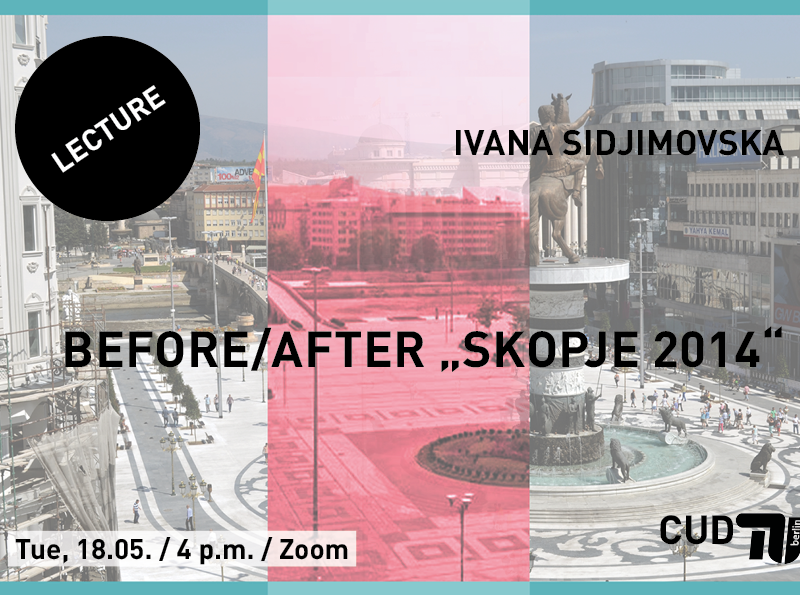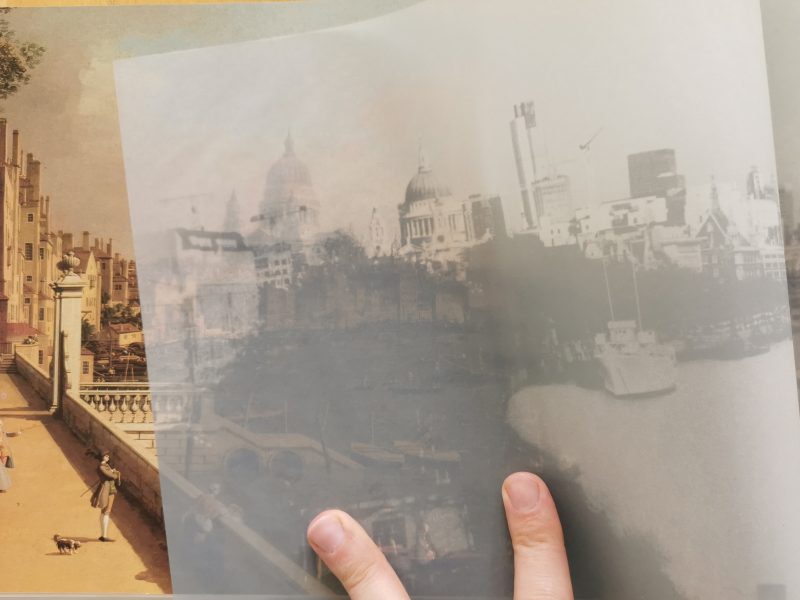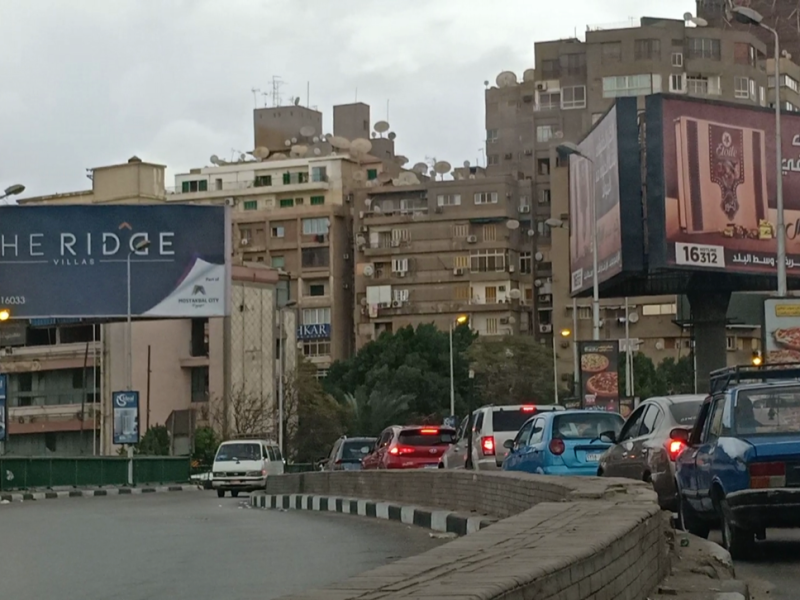News [Lecture]
Before/After „Skopje 2014“
News
Tuesday 18.05.2021 | 4 p.m. | Zoom
The lecture Before/After „Skopje 2014“ focuses on the large-scale, neoliberal government-funded urban revamp of the North Macedonian capital. Conducted roughly between 2010 and 2016, the controversial urban makeover “Skopje 2014” involved the erection of numerous “neoclassical” government and cultural buildings, national heroes, various monumental objects and other “baroque”reconstructions of facades and bridges. Through architecture and public art the former conservative government aimed to rewrite history and glorify a grand national past dating back to Antiquity. The radical interventions in the urban landscape now dominate the Skopje’s urban narrative as a symbol of a repressive and authoritarian political elite. Five years after seizing power the new North Macedonian government, whose key electoral pledge was a moratorium on „Skopje 2014“ projects, has still taken no clear stance on how to resolve the urban misfortune imposed on the capital.
Ivana Sidjimovska, Ph.D. is a visual artist, urban space researcher and a writer. Concerned with social urban space production, her participative artistic practice and research involves transdisciplinary work on the intersection between art, digital media and urban sociology. Manifested as in situ public space interventions or audio-visual installations for exhibition spaces, her artworks convey critical knowledge for deconstructing dominant urban narratives through aesthetic experience. Sidjimovska holds a PhD in Arts and Design / Artistic Research and is currently a Postdoc Fellow at the Bauhaus University Weimar.
(fig: Ivana Sidjimovska)


